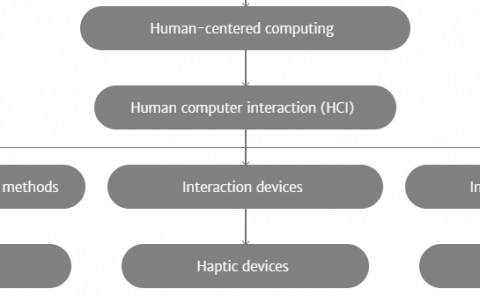A Hierarchical Buffer Management Approach to Rate Adaptation for 360-Degree Video Streaming
PubDate: December 2019
Teams: Shanghai Jiao Tong University; Nanjing University;University of Washington
Writers: Zhiqian Jiang; Xu Zhang; Wei Huang; Hao Chen; Yiling Xu; Jenq-Neng Hwang; Zhan Ma; Jun Sun
PDF: A Hierarchical Buffer Management Approach to Rate Adaptation for 360-Degree Video Streaming

Abstract
For the 360-degree virtual reality (VR) videos, to achieve the same user-perceived playout quality with traditional video, the overall video bitrate has to be much higher, which significantly increases the bandwidth requirement. To overcome this issue, most of rate adaptation schemes are proposed based on the users’ Field of View (FoV), since users only view part of the entire videos when watching 360-degree videos. However, the FoV prediction is only valid in short terms which incurs low robustness against network dynamics and results in frozen screen events. Since the playback buffer can effectively avoid re-buffering by storing videos in advance, we propose a two-layered hierarchical buffer-based rate adaptation scheme for 360-degree VR videos in this paper. The tiles will be updated to enhance the video quality in the short buffer layer based on FoV prediction, meanwhile the long buffer layer takes charge of downloading new chunks to guarantee the buffer occupancy. To better improve the quality of experience (QoE), we jointly consider the users’ FoV, channel conditions and buffer status. Our method achieves a good trade-off between video quality and buffer occupancy. Besides, the maximum buffer level selection is optimized to further improve the performance. The simulation results show that our proposed scheme and algorithms outperform other methods by about 5%-30% of QoE improvement.



